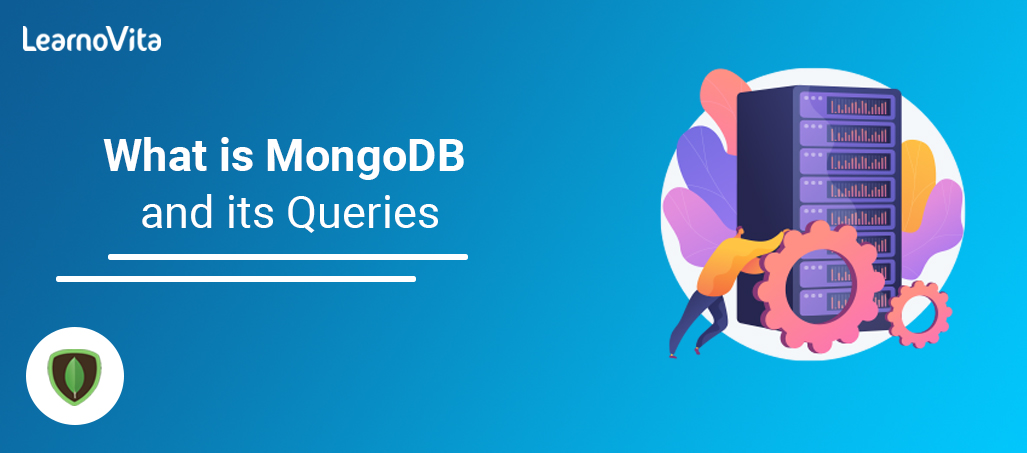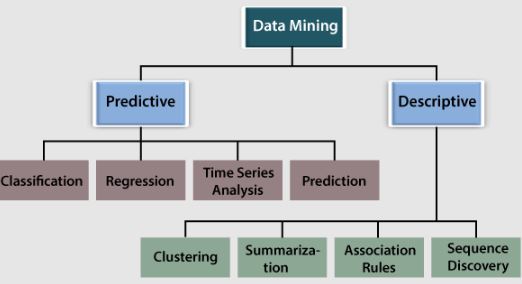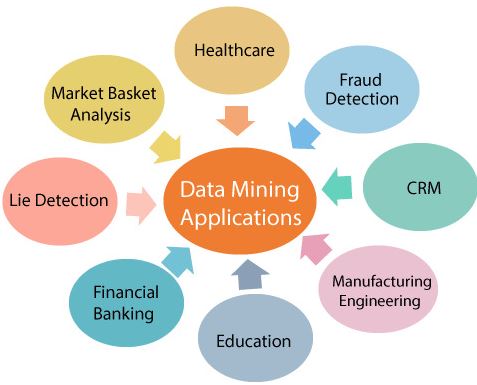
What is Data Mining?| All you need to know [ OverView ]
Last updated on 30th Jan 2023, Artciles, Blog
- In this article you will learn:
- 1.What is Data Mining?
- 2.Data Mining Steps.
- 3.Examples of Data Mining.
- 4.What Are the Benefits of Data Mining?
- 5.Data Mining Prerequisites.
- 6.Challenges of Implementation in Data Mining.
- 7.Conclusion.
What is Data Mining?
Data mining is a process of analyzing enormous amounts of information and datasets extracting useful intelligence to help organizations solve a problems, predict trends, mitigate risks and find a new opportunities. Data mining is like actual mining because in both cases a miners are sifting through a mountains of material to find a valuable resources and elements.
Data Mining Steps:
1. Understand Business: What is company’s current situation a project’s objectives and what explains success?
2. Understand a Data: Figure out what kind of data is required to solve the issue and then collect it from a proper sources.
3. Prepare a Data: Resolve a data quality problems like duplicate, missing or corrupted data then prepare a data in a format suitable to resolve business problem.
4. Model a Data: Employ algorithms to be ascertain data patterns. Data scientists are create test and evaluate a model.
5. Evaluate a Data: Decide whether and how effective results delivered by a specific model will help meet the business goal or remedy a problem. Sometimes there’s an iterative phase for a finding best algorithm especially if a data scientists don’t get it quite right first time. There may be few of data mining algorithms are shopping around.
6. Deploy the Solution: Give a results of a project to people in charge of a making decisions.
Examples of Data Mining:
Shopping Market Analysis:
In shopping market there is a big quantity of data and also user must manage an enormous amounts of data using different patterns. To do study market basket analysis is a modeling approach. Market basket analysis is basically a modeling approach that is based on a notion that if purchase one set of products more likely to purchase another set of items. This strategy may help to retailer understand a buyer’s purchasing habits. Using a differential analysis data from a different businesses and consumers are from various demographic groups may be compared.
Weather Forecasting Analysis:
For prediction weather forecasting systems rely on a big amounts of historical data. Because massive amounts of data are being processed an appropriate data mining approach must be used.
Stock Market Analysis:
In stock market there is big amount of data to be analyzed. As a result data mining techniques are be utilized to model such data in order to do the analysis.
Intrusion Detection:
Well data mining can assist to be an enhance intrusion detection by focusing on a anomaly detection. It assists the analyst in distinguishing between the unusual network activity and also normal network activity.
Fraud Detection:
Traditional techniques of a fraud detection are time-consuming and complex due to the amount of data. Data mining aids in a discovery of relevant patterns and a transformation of data into information.
Surveillance:
Well video surveillance is utilized be practically everywhere in the everyday life for a security perception. Because must deal with the huge volume of acquired data and data mining is an employed in a video surveillance.

Financial Banking:
- With every new transaction in computerized banking massive amount of data is expected to be created.
- It helps the companies to gather reliable information.
- In comparison to other data applications it is a more efficient and cost-effective solution.
- It helps companies make profitable production and operational changes.
- Data mining employs both new and old systems.
- It assists businesses in making informed decisions.
- It aids in the detection of credit risks and fraud.
- It allows data scientists to quickly analyze massive amounts of data.
- Data scientists can use information to detect fraud, create risk models and improve the safety of a product.
- It enables data scientists to quickly begin automated predictions of behaviors and trends as well as discover hidden patterns.
Data Mining Prerequisites:
- Linear Algebra.
- Artificial Intelligence.
- Machine Learning.
- Statistical Analysis.
- Data Structures and Algorithms.
- Data Retrieval and Database.
- Problem-solving Ability.

Challenges of Implementation in Data Mining:
Because of a data handling technology is always be an improving leaders are confront additional obstacles in addition to be scalability and automation are mentioned :
Distributed Data:
A Real-world data saved on a several platforms such as databases an individual systems or Internet cannot be transferred to be centralized repository. Regional offices may have a own servers to save data but storing data from all the offices centrally will be impossible. As a result tools and algorithms for a mining dispersed a data must be created for all data mining.
Complex Data:
It takes a long time and money to be a process large amounts of complicated data. Data in a real world is structured, unstructured,semi-structured and heterogeneous forms including a multimedia like photos, music, video, natural language text, time series, natural and so on making it challenging to extract an essential information from many sources are LAN and WAN.
Data Visualization:
The first interaction that presents a result correctly to a client is a data visualization. The information is conveyed with unique be relevance based on its intended use. However it is difficult to accurately address an information to be end-user. To made an information relevant an effective output information an input data and a complicated data perception methods must used.
Incomplete Data:
Large data amounts might be an imprecise or unreliable owing to measurement equipment issues. Customers that are refuse to be disclose their personal information may be result of incomplete data which may be are updated owing to the system failures resulting in a noisy data making a data mining procedure complex .
Conclusion:
Living in an information-rich data-driven world. While it’s comforting to know there is a plethora of readily available knowledge the sheer volume of a creates challenges. The more information available a longer it can found a useful insights are need.
Are you looking training with Right Jobs?
Contact Us- What is MongoDB? : A Complete Guide with Best Practices
- What is MongoDB Port? : Free Guide Tutorial & REAL-TIME Examples
- MongoDB vs PostgreSQL | Know Their Differences and Which Should You Learn?
- MongoDB vs DynamoDB | Know Their Differences and Which Should You Learn?
- MongoDB Vs MySQL | Know Their Differences and Which Should You Learn?
Related Articles
Popular Courses
- Hadoop Developer Training
11025 Learners - Apache Spark With Scala Training
12022 Learners - Apache Storm Training
11141 Learners
- What is Dimension Reduction? | Know the techniques
- Difference between Data Lake vs Data Warehouse: A Complete Guide For Beginners with Best Practices
- What is Dimension Reduction? | Know the techniques
- What does the Yield keyword do and How to use Yield in python ? [ OverView ]
- Agile Sprint Planning | Everything You Need to Know
